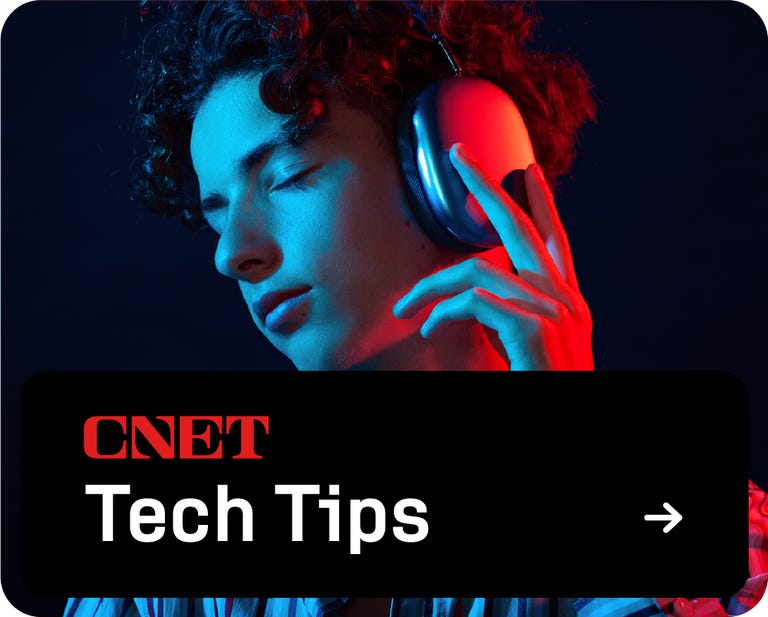Apple released the first public beta of iOS 18 on Monday, just over a month after the tech giant announced the software at its Worldwide Developers Conference in June. Apple said the update will bring a host of new features to your iPhone, including the ability to planning messages to send later and a more customizable lock screen. And two new features are meant to add an extra layer of security to your apps by letting you lock them or hide them from others.

These features can be especially useful for parents with young children. According to CBSA 5-year-old girl bought over $3,000 worth of items on Amazon using her mother’s phone last year. The mother was able to return the items after explaining the situation to Amazon, but it was likely a stressful situation nonetheless. With new features that can lock and hide apps in iOS 18, you can take steps to make sure this doesn’t happen to you.
Learn more: Everything you need to know about the iOS 18 public beta
We recommend that you only download a beta on a device other than your primary device. Since this is not the final version of iOS 18, the update may have bugs and battery life may be short, so it’s best to keep these issues on a secondary device.
Note that the beta is not the final version of iOS 18, so more features may be added to your iPhone when iOS 18 is released. Apple has said that iOS 18 will be available to the public this fall, but there is no firm date yet.
Here’s how to lock and hide your iPhone apps from your kids and others.
How to Lock Apps on Your iPhone
1. Long press an app.
2. Faucet Require Face ID.
3. Faucet Require Face ID Again.

Locking certain apps can help prevent your kids from purchasing random games or apps on your iPhone.
Now, whenever you try to access that app, it will require your Face ID or password to open. However, you can’t lock all apps on your iPhone. Some apps, like Camera, Find My, and Settings, can’t be locked. You can, however, lock most apps, like the App Store, Messages, and third-party apps.
How to Hide Certain Apps on Your iPhone
Hiding apps on your iPhone also locks them and follows the same process as locking apps. But the option isn’t available for all apps. In my experience with the developer betas of iOS 18, you can only hide third-party apps, like Instagram and Twitter.
Here’s how you can hide these apps on your iPhone.
1. Long press an app.
2. Faucet Require Face ID.
3. Faucet Hide and require face ID.
Your iPhone will then ask for your Face ID or passcode, and then ask if you’re sure you want to hide the app.

A new menu will appear on your phone stating that hiding an app will remove the app icon and name from your home screen and place them in a hidden folder in your App Library. The menu will also state that you will not receive any notifications from the app. Tap Hide the application at the bottom of the menu, and your iPhone will hide the app.
To see your hidden apps, swipe right until you’re in your App Library. Scroll to the bottom of the page where you’ll see a folder labeled Hidden with a symbol that looks like an eye with a line through it. Tap this folder and enter your Face ID or password. The folder will then display your hidden apps.
How to view and remove app locks
If you want to view or remove an app lock, long press the app, tap Does not require Face ID and enter your Face ID or password.
Locked apps will now be unlocked, and hidden apps will be removed from the Hidden folder. However, hiding apps does not put them back on your Home screen. To add an app back to your Home screen, go to your App Library, long-press the app, and tap Add to Home Screen.
To learn more about iOS 18, here’s my hands-on experience with the first public beta, how get rid of your flashlight from your lock screen and what you need to know about T9 Dialing on Your iPhone.

Check this out: Why the Apple Ring doesn’t exist